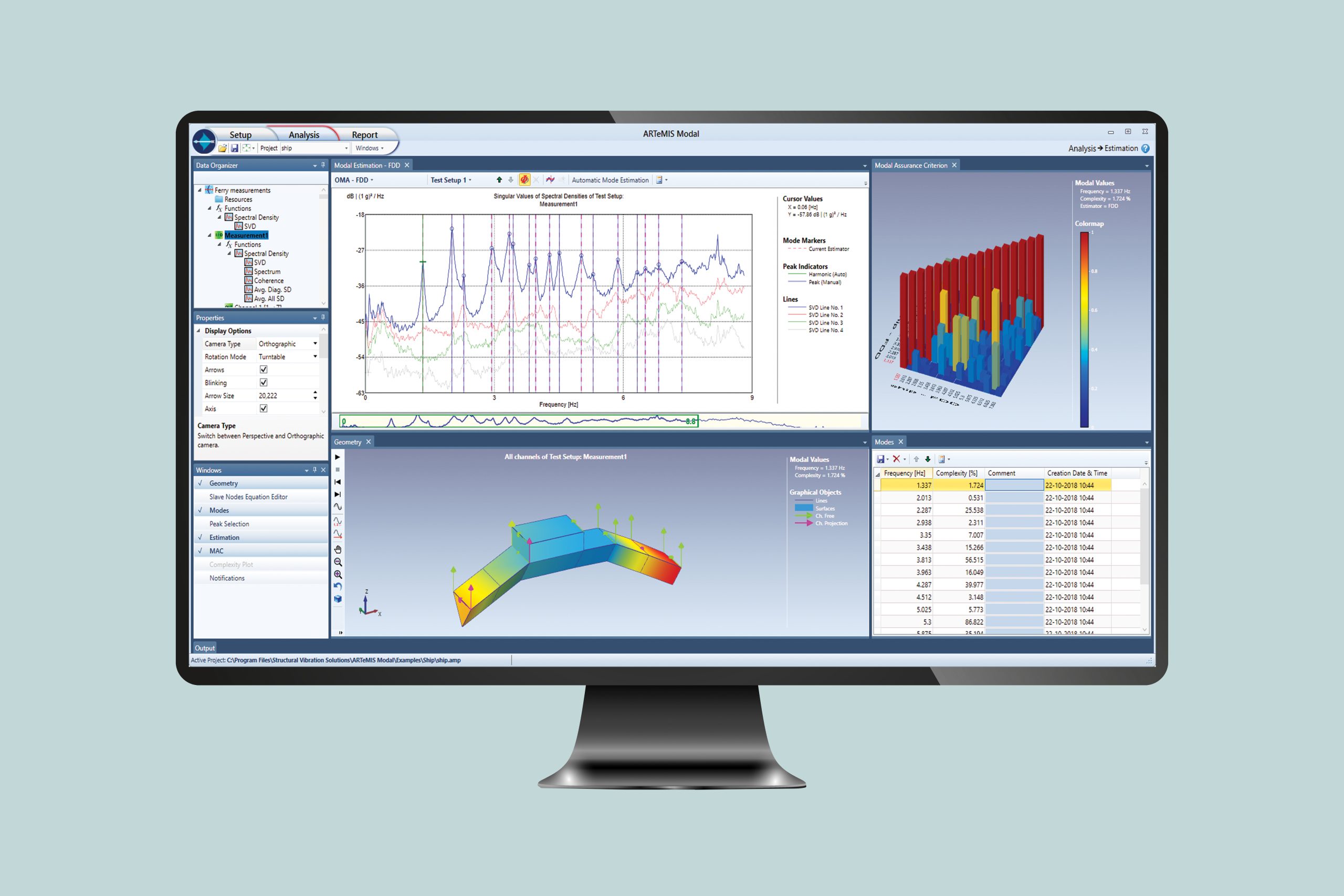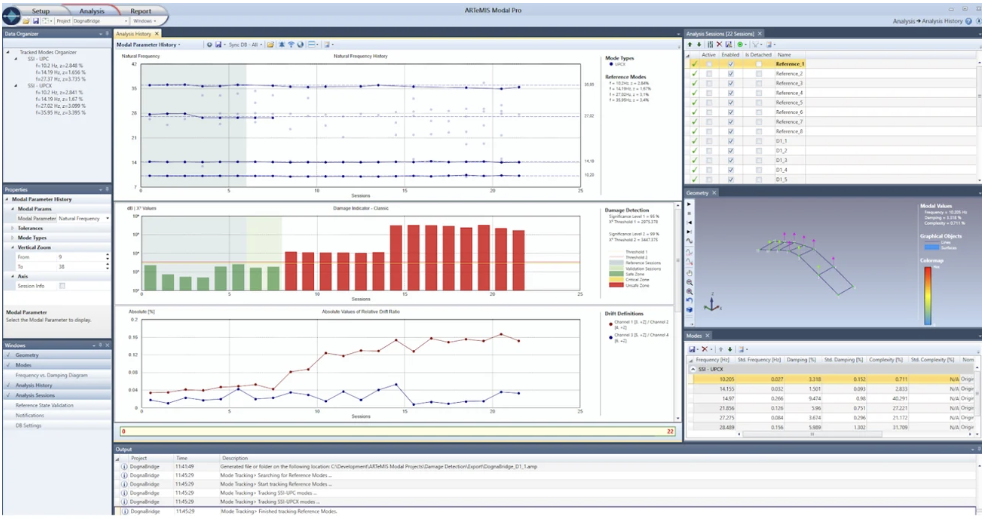In 2023 we have a series of webinars about ARTeMIS Modal. All webinars are free of charge and only require that you register before start. The y typically last for one hour and covers a specific topic. Next up is Operational Modal Analysis (OMA) using ARTeMIS Modal.

Our new vibration-based Structural Health Monitoring (SHM) is a software platform that is designed to perform advanced vibration-based SHM analysis obtained from a range of commonly used data acquisition systems.
Operational Modal Analysis using ARTeMIS Modal
September 21, 2023, 03.00 p.m. CET (UTC+1)

|
